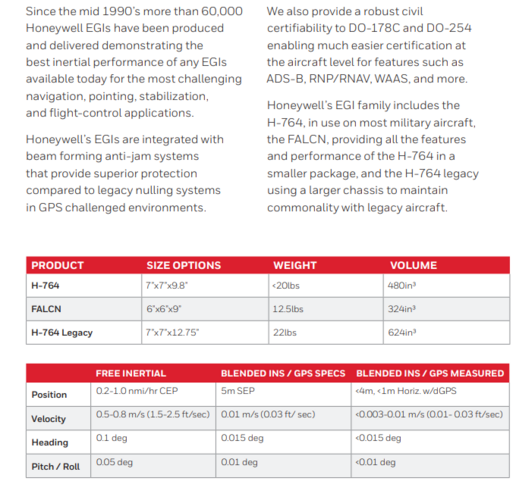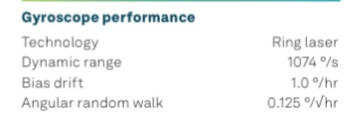The heart of the JDAM is a Honeywell HG1700 Ring Laser Gyro (RLG) inertial unit, which measures position, velocities and accelerations in all three axes. The brain of the JDAM is in its Guidance and Control Unit (GCU), which contains an embedded microprocessor running a Kalman filter, which accepts position measurements from the GCU's HG1700 and a Rockwell GEM-III low cost military GPS receiver. The Kalman filter continuously computes a best estimate of the bomb's position in space. This information, and the preprogrammed target GPS coordinates, are then used to feed a flight control algorithm. HR Textron actuators are used to drive three of the four tail surfaces. Power is provided by a thermal battery in the JDAM tailkit. Most JDAM variants employ a set of strap on aerodynamic strakes, intended to increase body lift and also reduce the weapon's stability to improve its pitch and yaw rates, and thus manoeuvrability.
The flight control algorithm can be configured before launch for vertical or horizontal (ie shallow dive) terminal trajectories, selected by the user for a specific type of target. A weapon intended for the basement of a tall building could be programmed to enter at ground floor level, wheres a weapon intended to enter a bunker shaft could be programmed for a vertical trajectory.
The use of Kalman filter technology allows for refined midcourse flight algorithms, which can manage the weapon's kinetic energy and maximise glide range. Compared to the primitive analogue guidance in a baseline Paveway II, the JDAM achieves close to twice the glide range under similar launch conditions.
The JDAM employs the US standard Mil-Std-1760 umbilical interface, incorporating the Mil-Std-1553B digital multiplex bus. Before launch the JDAM's embedded software communicates with the launch aircraft's stores management processor, no differently than a computer peripheral. Prior to release the JDAM is powered up using an umbilical feed from the launch aircraft. The JDAM executes an internal self test, warms up and aligns the HG1700 inertial unit. Once the JDAM is ready, it communicates status information to the launch aircraft, which then downloads GPS timing, GPS Almanac (ie nav message), GPS Ephemeris (constellation) and the GPS PPS crypto key. This information is used to initialise the GEM-III receiver.
Once the inertial unit is aligned and the GPS receiver initialised, the launch aircraft can download into the bomb the target GPS coordinates, fuse settings and impact parameters, all of which can be reloaded at any time before release. Prior to release the aircraft's position and velocities are downloaded.
After the weapon is released, the thermal battery is initiated, the GPS receiver acquires a satellite constellation, and the weapon autonomously flies itself to impact, using pre-programmed parameters, penetrating cloud with no loss in accuracy. Should the GPS signal be impaired, lost or jammed, the weapon can rely on its inertial unit and will



